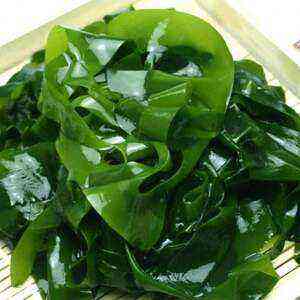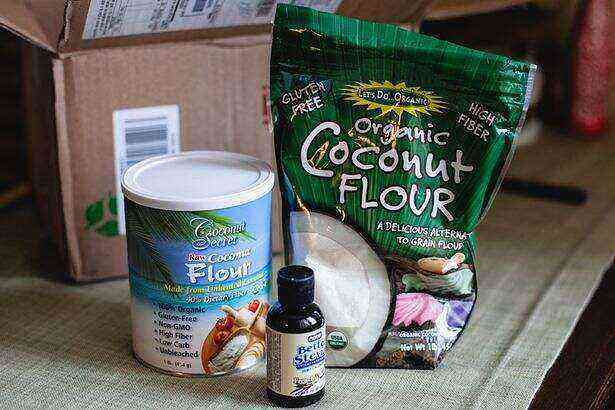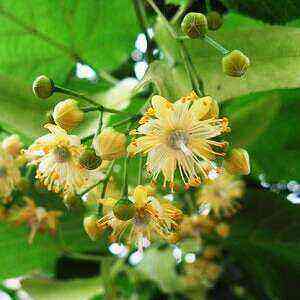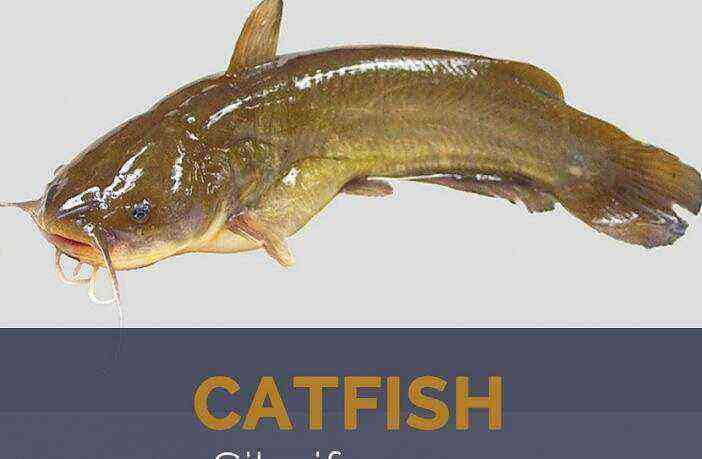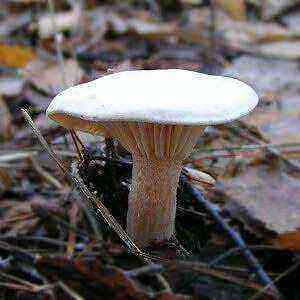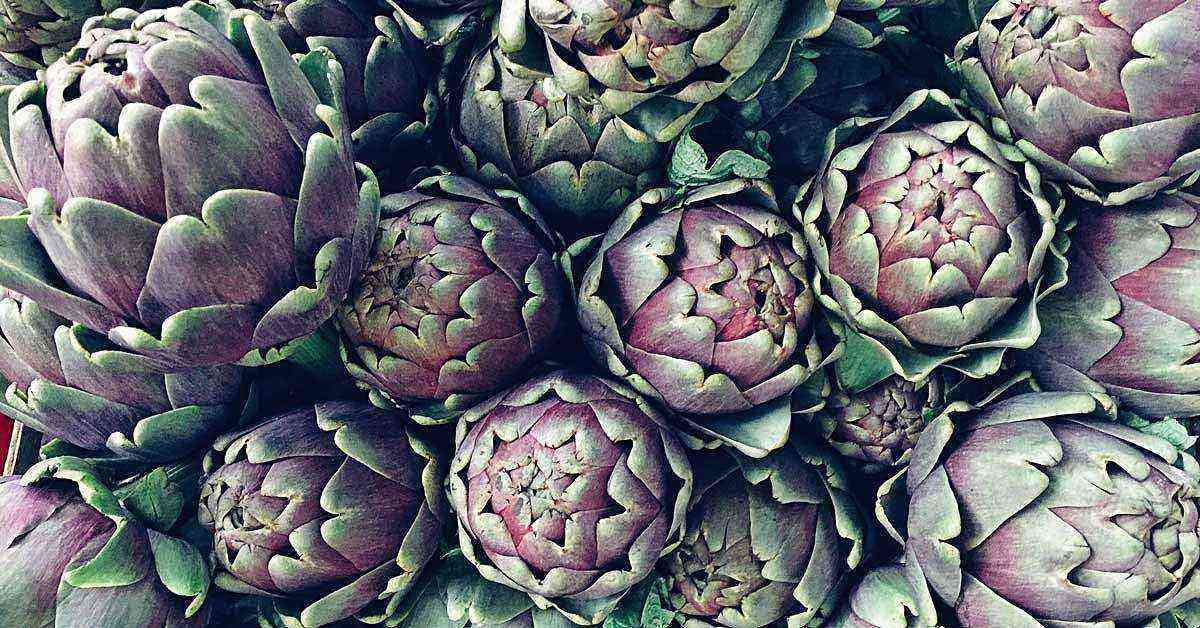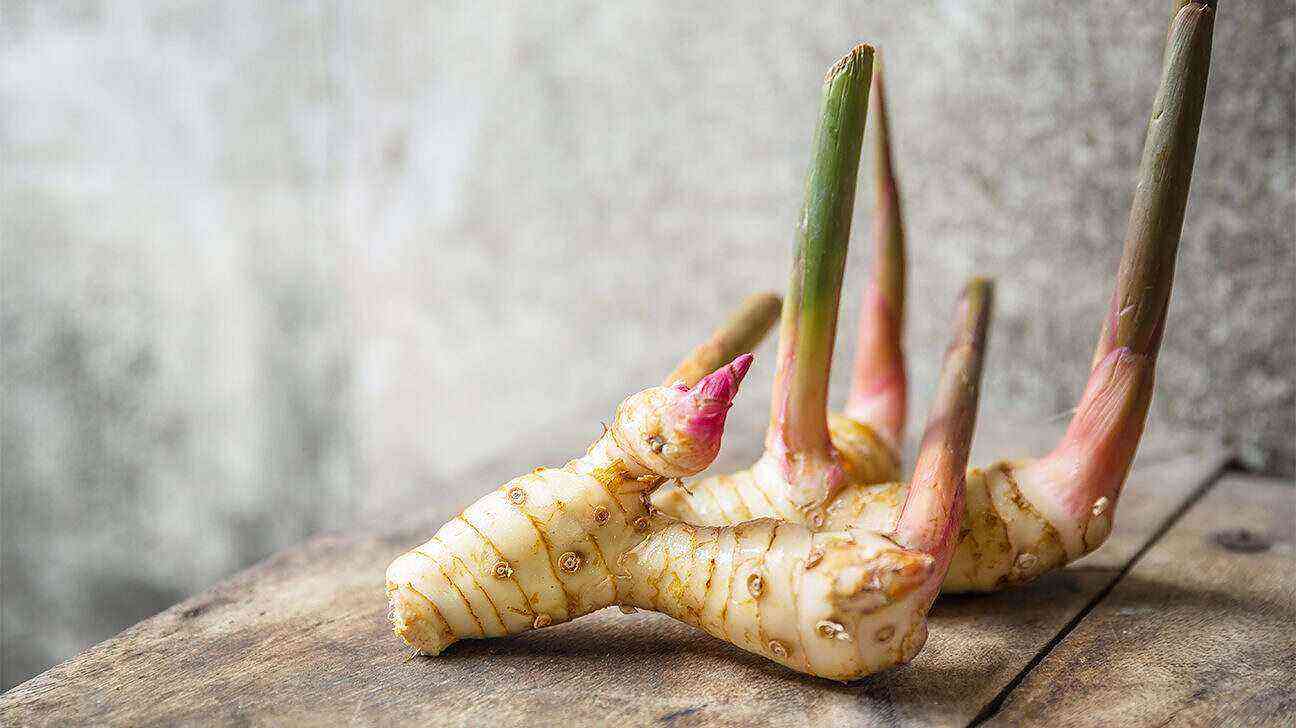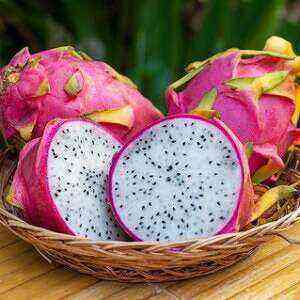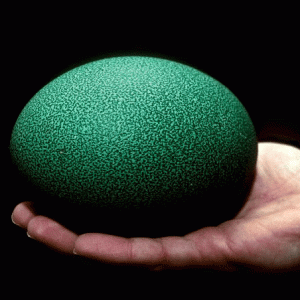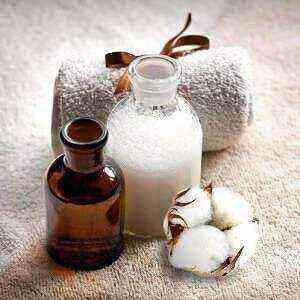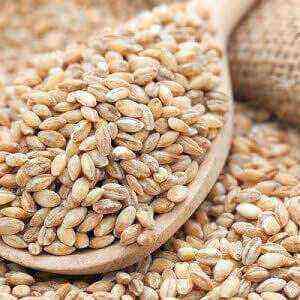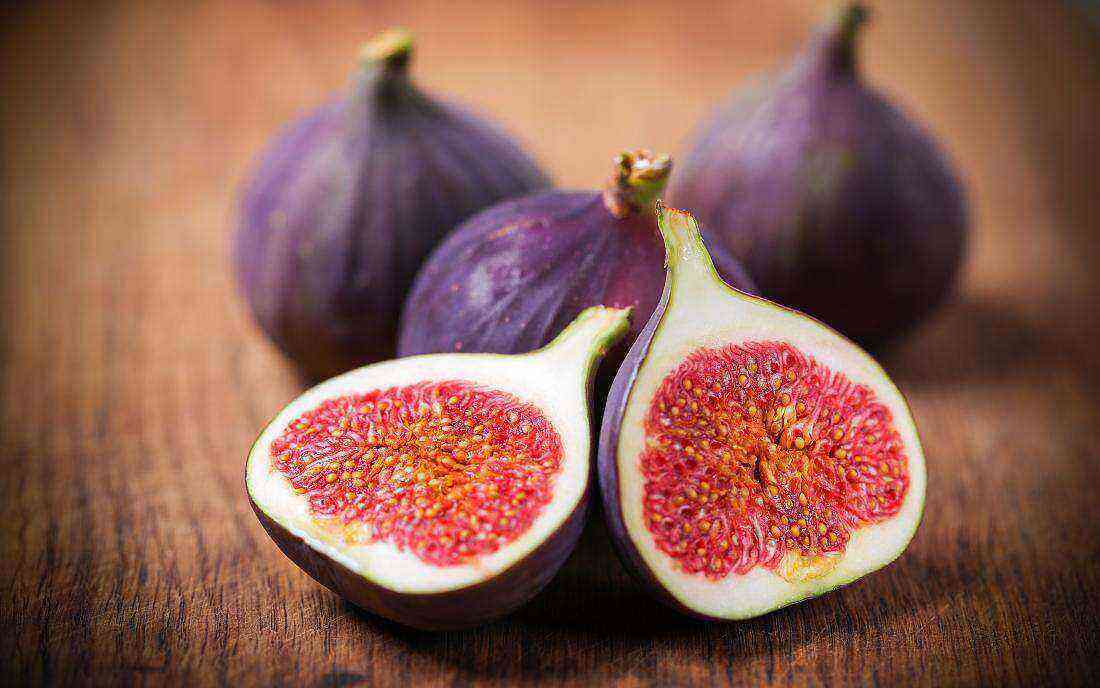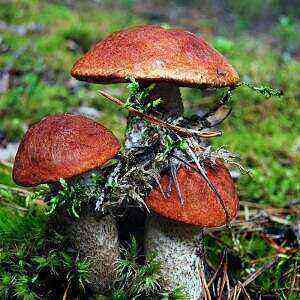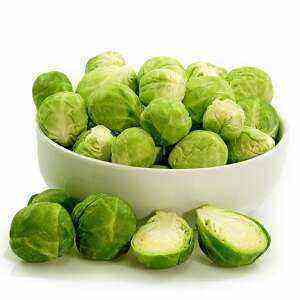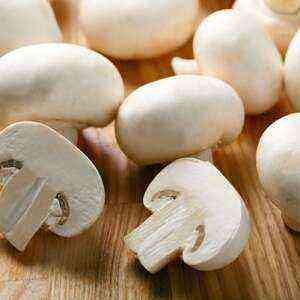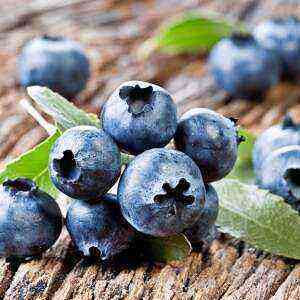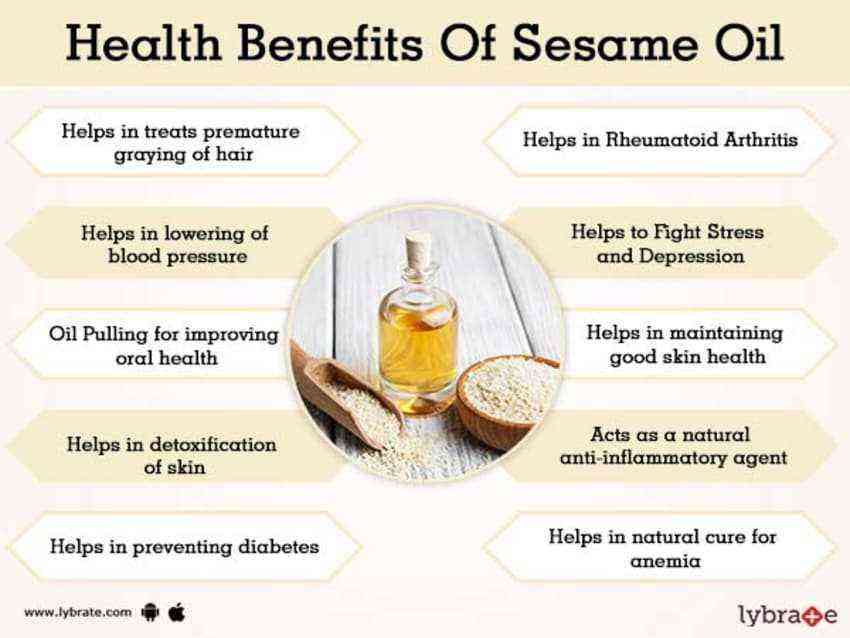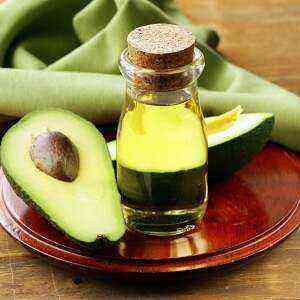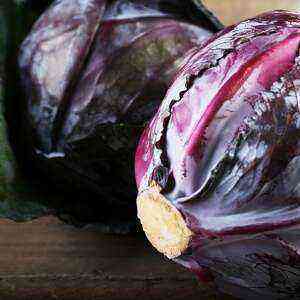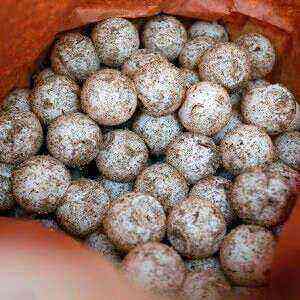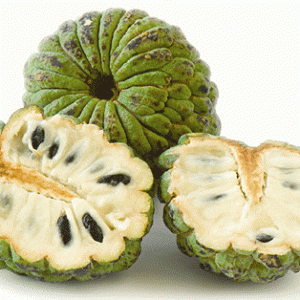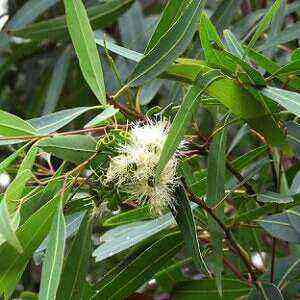
Let’s figure out what a plant really is and is it worth spending time to learn more about it?
General characteristics
Eucalyptus is an evergreen woody plant (grows as a shrub or tree), belongs to the myrtle family. The tree is capable of reaching 100 meters in length. The trunk develops straight, less often – curved, covered with gum secretions. From the trunk, massive leaf plates grow, standing with an edge. The leaves are always located in the same plane with the branch, therefore they practically do not cast shadows. Each leaf goes through 3 stages of maturation (development) before giving a flower.
Australian eucalyptus is a compass plant. The plane of the sheet is located exactly along the meridian. Its edges (edges) are directed to the north and south, and the leaf plane is directed to the east and west.
The flowers are formed regular, sessile, collected in small protected inflorescences. The shape of the flower is very similar to a dandelion, although the structure of the hairs in plants is different. Over time, the inflorescences turn into curly fruits. They look like oblong boxes with a smooth (less often grooved) surface. These folded boxes contain eucalyptus seeds. The seeds are small, covered with a smooth shell, painted in a pale brown tint.
The flowering of eucalyptus is associated with the age of the tree. From 2 to 10 years old, the plant forms flowers with an ovary and fruits with seeds inside. From the appearance of the buds to the formation of the seed, it takes from 3 months to 2 years. It is impossible to determine the exact flowering season of eucalyptus. It happens so chaotically that setting a time frame just doesn’t make sense.
A Brief Historical Reference
In the XNUMXth century, the botanist Léritier de Brutel suggests the scientific Latin name “eucalyptus”. The word is formed from the Greek language and means “to hide something, to hide under the sepals, hidden under the buds.” The Russian language initially abandoned the Latin form and called the plant “gummy diva”. Later, with the development of scientific thought, the Latin term was adopted.
Territorial distribution

Eucalyptus has an amazing property – it grows quickly and drains swampy areas. There is a version that the plant is capable of disinfecting the air, but scientists have proven that this is nothing more than a myth. Already in the first year of life, the plant grows to a mark of 2 meters. By the age of 3, the threshold of 10 meters crosses, and by the age of 10 it grows to 25 meters. If the plant continues to grow and develop, and does not become a culinary spice, table or cosmetic additive, then it may well grow up to 100 meters in length. This is a truly unique example of the rapid growth of flora.
Many countries wanted to get hold of the plant and drain numerous swamps:
- France;
- Spain;
- Portugal;
- Israel;
- Greece;
- Saudi Arabia;
- Ukraine
- America;
- India;
- Cuba;
- Abkhazia.
Useful Properties
Eucalyptus is an excellent antiseptic. It literally cleanses the body of staphylococci, streptococci and dysentery bacilli. The plant serves as a kind of prevention of the growth of Trichomonas, which are trying to penetrate the genital tract and destroy the entire genitourinary system. Eucalyptus is able to prevent the development of Mycobacterium tuberculosis and completely remove them from the body at the initial stage of infection.
The medicinal properties of eucalyptus are successfully used in both non-traditional and conservative medicine. If you suspect a fever caused by malaria, the patient, in addition to a whole range of additional substances, is prescribed eucalyptus. Tinctures based on the plant relieve redness, “tighten” the wound, block itching and irritation, and start the process of rapid regeneration of the skin. This is what should have been applied to the wound in childhood instead of plantain!

- burns;
- influenza;
- catarrhal / putrefactive bronchitis;
- respiratory pathologies;
- pharyngitis;
- chronic rhinitis;
- antritis;
- pathologies of the genitourinary system;
- kidney diseases.
In medicine, a decoction, tincture, alcoholic tincture and eucalyptus oil are used. Each product is distinguished by its special composition, healing properties and scope of application.
decoction
The remedy is taken for diseases of the organs of the gastrointestinal tract, most often – the intestines. The broth relieves swelling, minimizes inflammation and disinfects not only the infected area, but also the cavity around it. Eucalyptus tea can be used for mouthwash or inhalation.
Tincture
Alcoholic and “pure” classic tinctures are intended for inhalation and ingestion. The product disinfects and prevents the development of inflammation. Alcohol tinctures are prescribed for pathologies of an inflammatory nature in the respiratory system, oral cavity and nasopharynx.
Do not self-medicate or take tinctures without a doctor’s recommendation. A self-prepared product can harm the body, cause burns and mechanical damage.
Correctly prepared and correctly prescribed tincture instantly relieves pain, stimulates expectoration and begins the fight against pathogenic microflora. The substance is used for:
- inhalations;
- syringing;
- rubbing;
- ingestion;
- wiping problem areas.
Oil
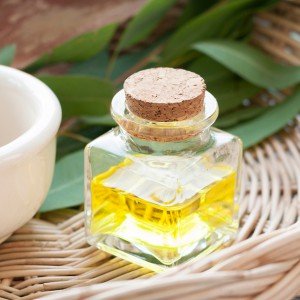
Side effects and contraindications
Side effects only occur with uncontrolled consumption of the plant. Strict adherence to the instructions minimizes the risk of complications. In addition, a doctor or other honey should constantly monitor the treatment. employee.
Refuse the therapeutic effects of eucalyptus should be when:
- individual intolerance to the product and the components that make up the composition;
- the manifestation of an allergic reaction in the first few hours / days after the start of therapy;
- hypersensitivity to the product;
- severe kidney and liver diseases;
- whooping cough;
- airway spasm;
- epilepsy;
- chemotherapy;
- the minimum age threshold (eucalyptus is allowed for children from 2 years old).
Pregnant and lactating women should be especially careful.
Any action, especially of a therapeutic nature, a woman should coordinate with the attending doctor. If the doctor gives permission and is ready to monitor the mother’s health at each stage, then feel free to use eucalyptus according to the instructions and the therapeutic course. Do not self-medicate so as not to endanger your health and the life of your child.
Use of the ingredient in cooking
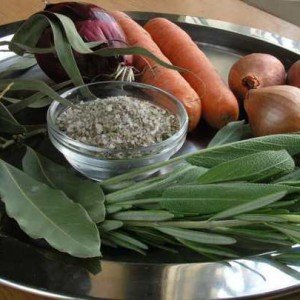
Eucalyptus is a traditional element of the Asian culinary tradition. The plant organically “blended” into spicy soups, sweet meat marinades and specific national dishes. Grated eucalyptus is one of the most common spices. Asians use it as often as we do black pepper.
Almost every type of eucalyptus forms a burning juice of a rich red hue. Locals call this juice “Australian cinema” and use it for soups, spicy meat and fish dishes.
Used in cosmetics
The properties of the plant have attracted all branches of medicine, including dermatology. Experts advise making a eucalyptus mask at least once a week. So women will be able to smooth out the first wrinkles, nourish the skin with vitamins / minerals, and give the face a radiant and really healthy look. Eucalyptus is suitable for dehydrated skin lacking vitality that needs nourishment and toning.
Home care with eucalyptus
Toning cubes
Cut the plant into pieces and boil until soft. Pour the water in which the eucalyptus was boiled into ice cube trays. Every day, after waking up, take a piece of frozen eucalyptus broth and massage along the massage lines on the face for about 5 minutes. Do not dry your face after the ice massage. Let the skin absorb the tincture on its own and saturate it with the necessary moisture. The procedure will instantly invigorate the skin, help you wake up faster and prepare for a productive day. Within a week, the pores will become narrower, the complexion will even out, the redness will subside, and the skin itself will look toned and fresh.
Mask for the face
Boil small pieces of the plant and beat them into a dense gruel. Mix with the right food for your skin type and apply to your face. 10-20 minutes will be quite enough for the skin to receive a vitamin charge, but not dry out under the influence of active ingredients.
Butter or body lotion
The recipe is similar to a face mask made from ground boiled eucalyptus. Apply a clean or fortified gruel to the skin, but do not rub in, but leave it on for 30-60 minutes. The skin will independently absorb the necessary components in a rational amount. After an hour, take a warm shower, rinse off the greasy butter and apply your usual care products. Eucalyptus will relieve irritation after depilation, visually tighten the skin, even out its color and structure.
Enrich Basic Care
In the arsenal of every woman there is at least one jar for one part of the body. In one of these jars, you can add 2-10 drops of eucalyptus oil (the amount depends on the size of the container). You can enrich everything: from foot cream to serum for sensitive skin around the eyes. The oil will prevent the appearance of the first wrinkles, stretch marks, protect the skin from ultraviolet rays or heal the traces of their effects.
A point remedy for inflammation
Apply essential oil on top of inflammations to dry out pimples, disinfect infected skin and prevent scar tissue from forming.
Ingredient storage rules
Storage conditions directly depend on the condition of the plant. Dried leaves should be placed in closed glass jars with a thick bottom and walls to keep out ultraviolet rays. In this state, the leaves can be stored for 3 years without losing their appearance, benefits, or taste. Eucalyptus spices should be stored in the same conditions and time frame.
Fresh plants are stored for no more than a week. During these 7 days, you need to have time to get acquainted with eucalyptus as a spice, medicine and natural beauty product. Store fresh plant in the refrigerator by placing it in a craft bag, glass or plastic container.


